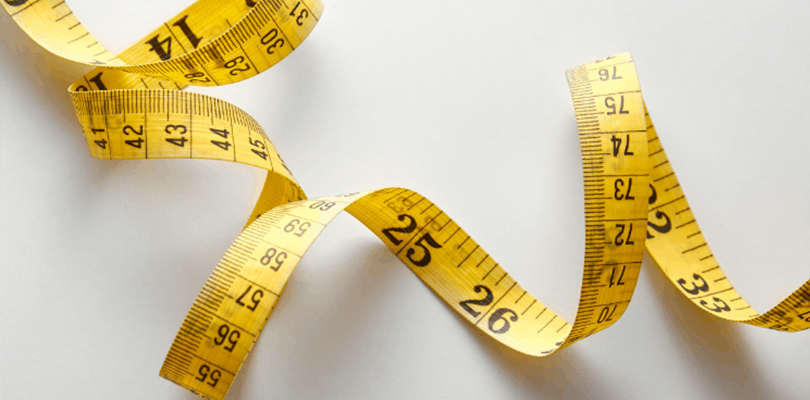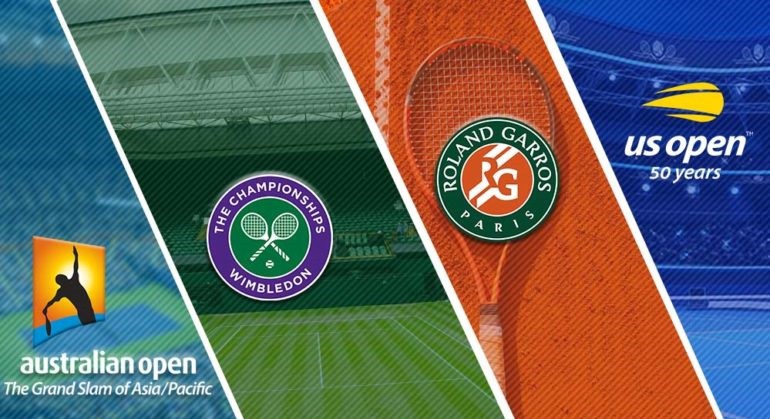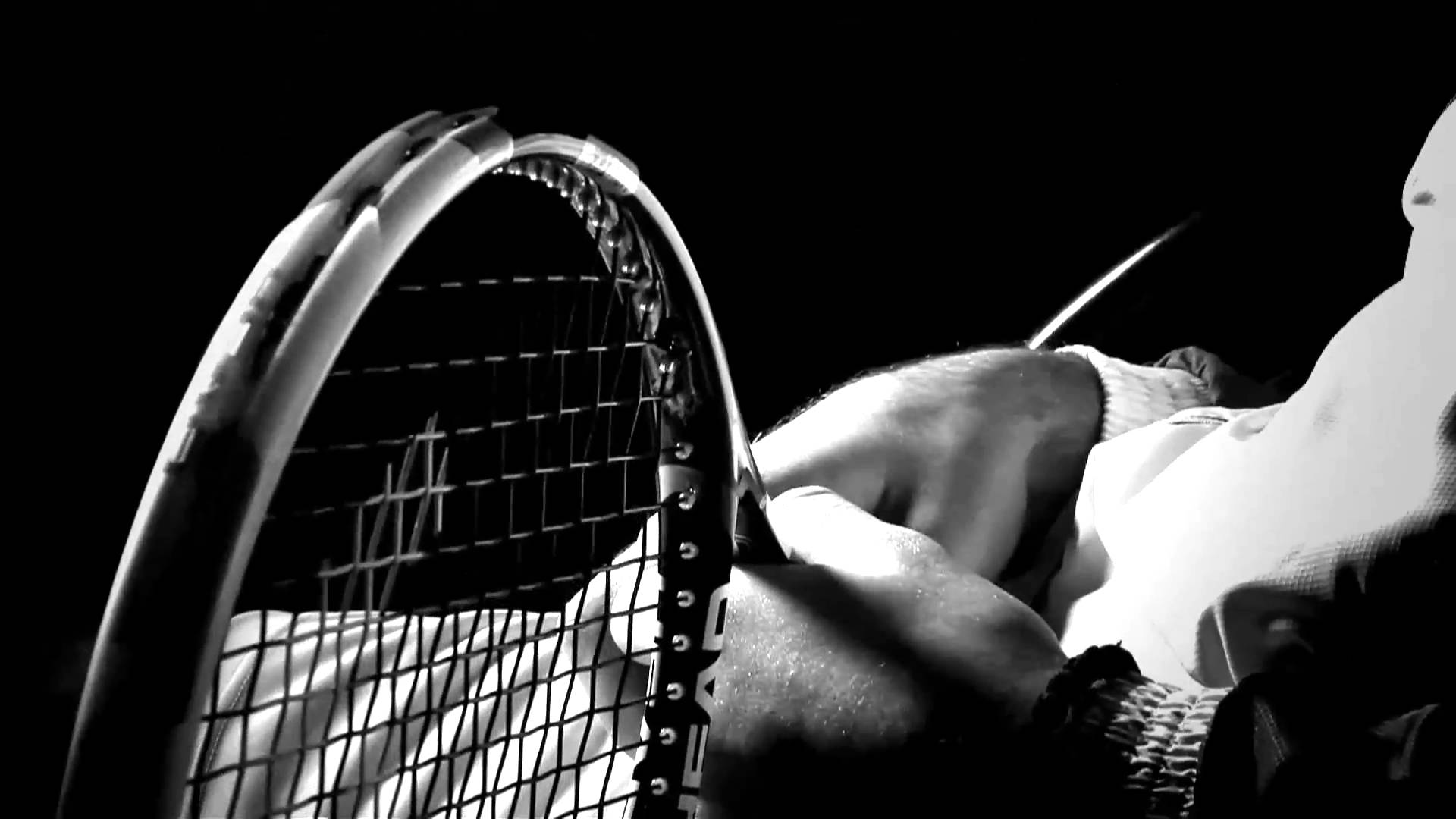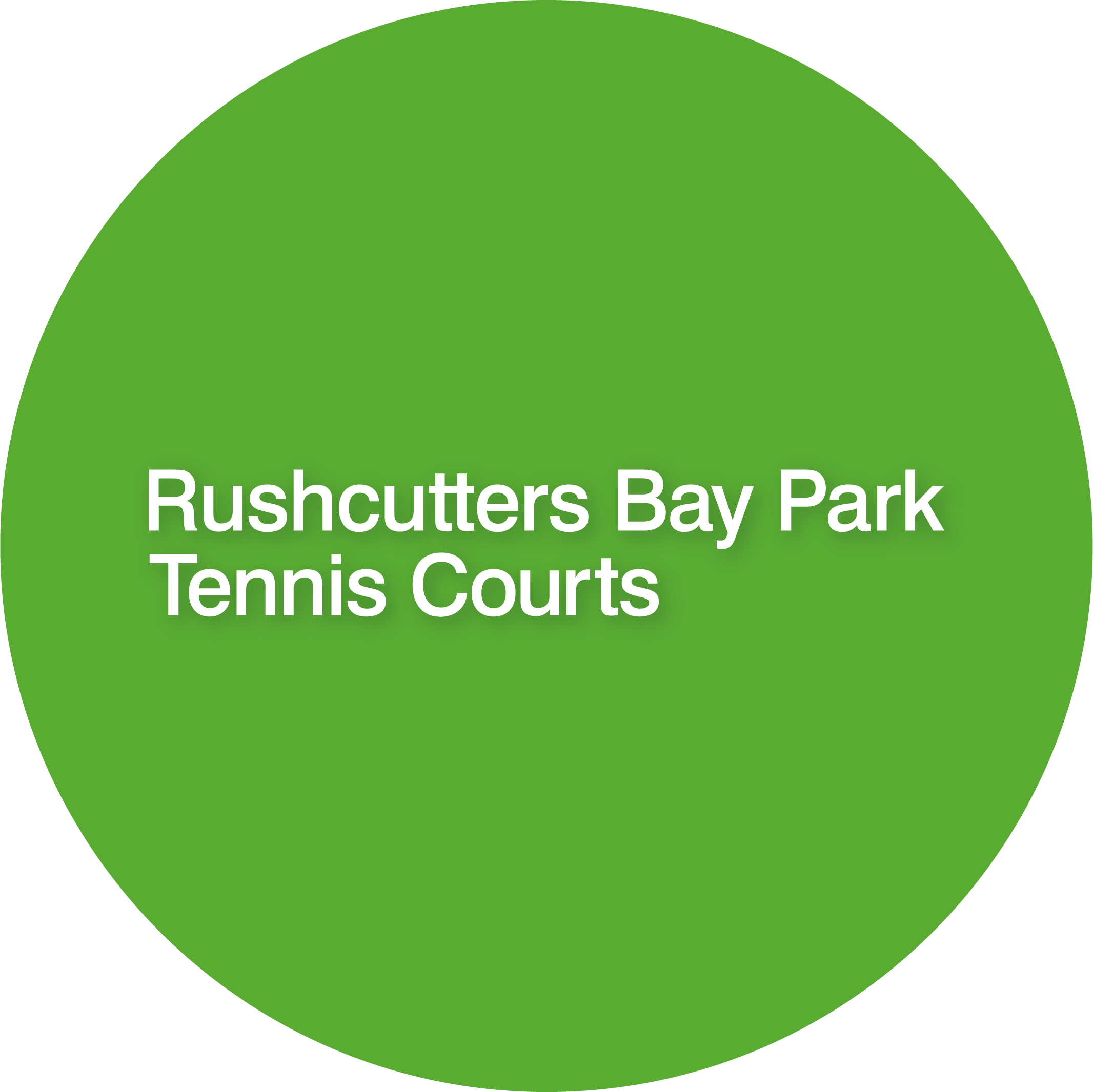Have you ever stopped to think when you are playing tennis about the ball? Is the same type of ball used by professionals? Does it matter what kind of surface you are playing on?
Here we try to discover some of the myths and misconceptions about the modern tennis ball used today.
The ancient balls used could be made out of virtually anything, from solid wood, leather, wood and just about anything you can think of.
The modern game has always used rubber.
Types
- Pressureless
These balls have solid cores and are long lasting. They don’t lose their bounce easily but the felt wears off quite quickly.
- Pressurised
Pressurised balls have a hollow core filled with air or nitrogen. When new they bounce higher than pressureless balls, but don’t last as long. For all their events the ATP and WTA use pressurised balls.
- Regular Duty
Suitable for indoor and clay.
- Extra Duty
Suited for grass and concrete courts, if used on clay they become too fuzzy.
- High Altitude
Used in high altitude regions where normal balls would have too high a bounce.
Standards
The International Tennis Federation has laid down some regulation standard that all balls should adhere to.
- Size
The diameter of a ball must be between 6.35-6.86cm
- Weight
The weight must be no lighter than 56g and no heavier than 59.4g
- Rebound Height
Between 135-147cm
All ATP and WTA tournaments are played with yellow tennis balls which were introduced in 1972 after it was proved they are much easier to see.
Fun Facts
- Around 300 million tennis balls are produced each year.
- The most expensive part of a ball is the felt covering.
- The fastest ever recorded speed ao a tennis ball was 251kph, which was a serve hit by Ivo Karlovic.
- The fastest women’s serve is by Venus Williams which was recorded at 205kph.
- Tennis balls get heavier due to humidity and they travel slower.
The Processes Of Manufacturing A Tennis Ball
The simple tennis ball has actually 11 stages in manufacture and is a far more complex procedure than could be imagined.
The first couple are all about sourcing and preparing the raw materials.
Then the rubber is heated and extruded once formed into pellets, once cooled the pellets are forced into a hydraulic press which forms them into hemispherical half shells.
The balls can then be inflated using either chemicals or air inflation, balls are usually pressurised to about 12lb/sq.in.
Then the balls are covered in a uniform layer of rubber solution and then covered with fabric. There are two types of fabric used; Melton cloth and Needle cloth.
After a couple of finishing processes the balls are ready to be tested and then packed into pressurised cans ready for sale.








